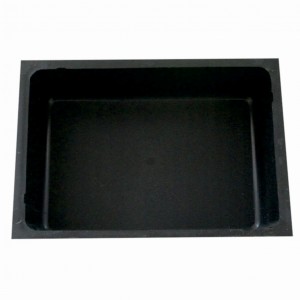
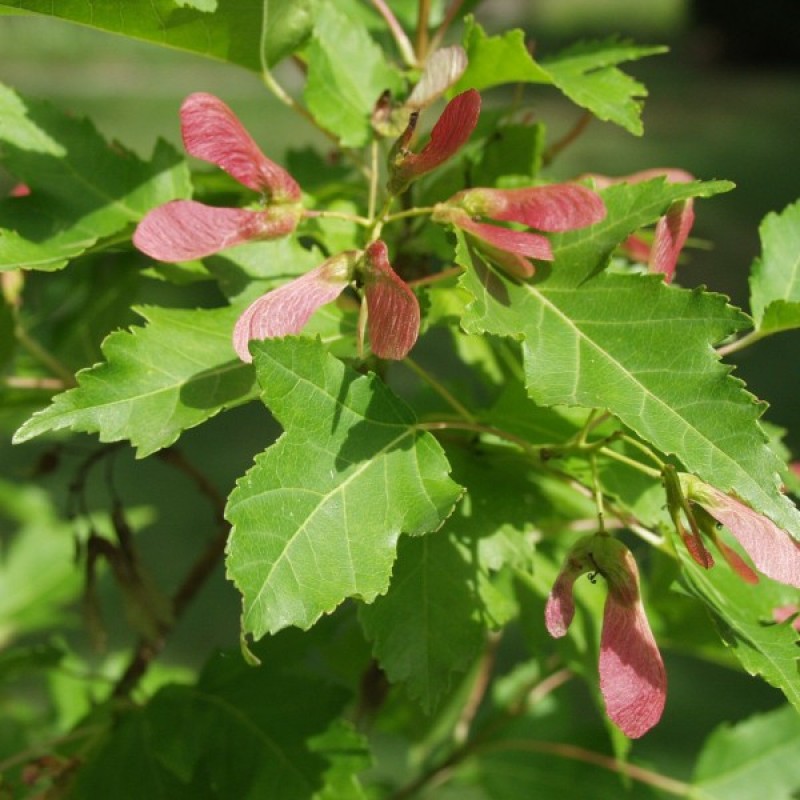
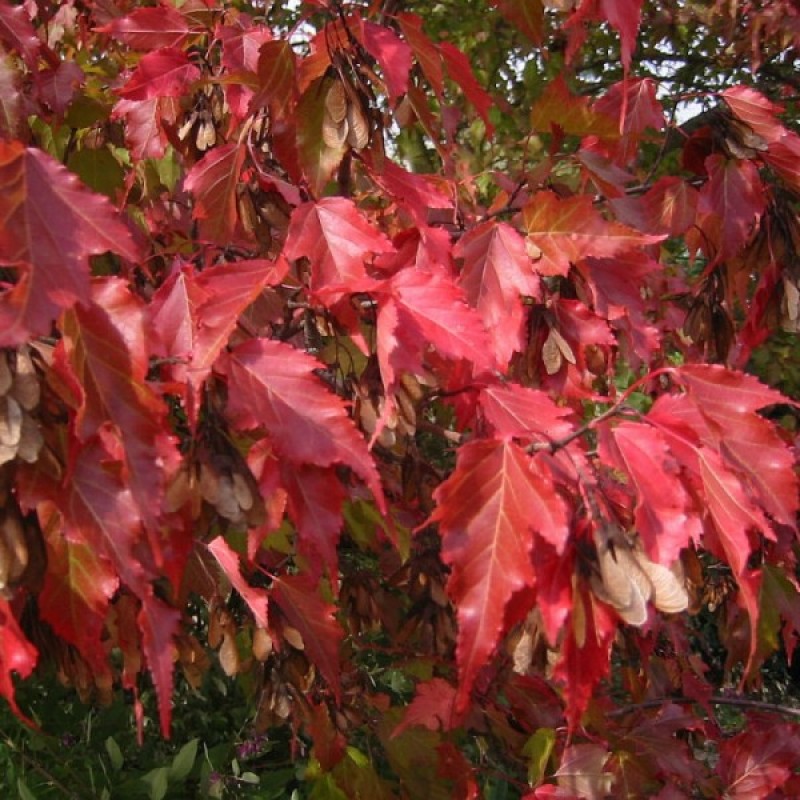
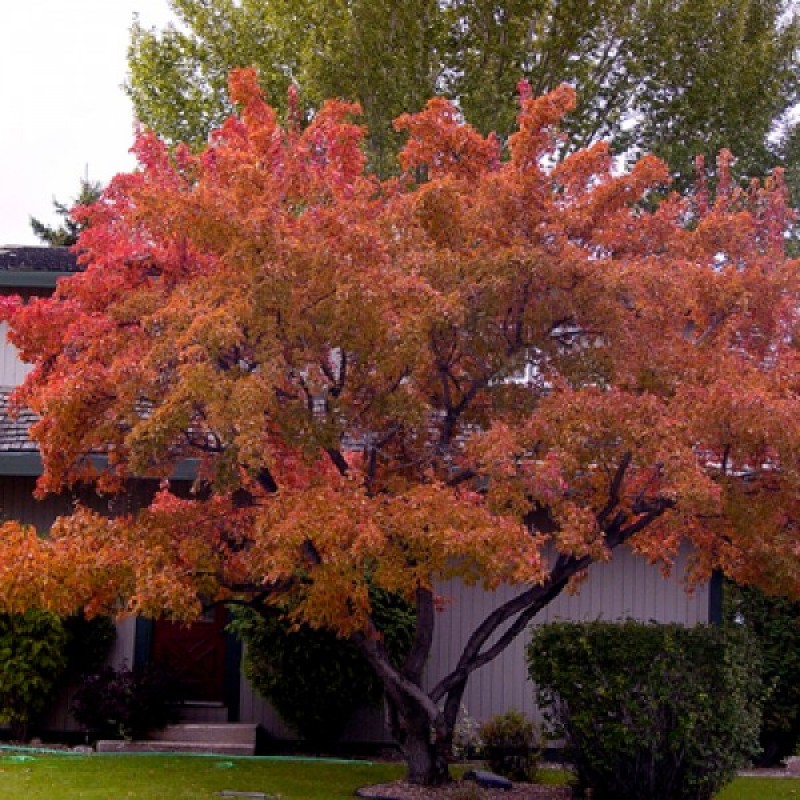

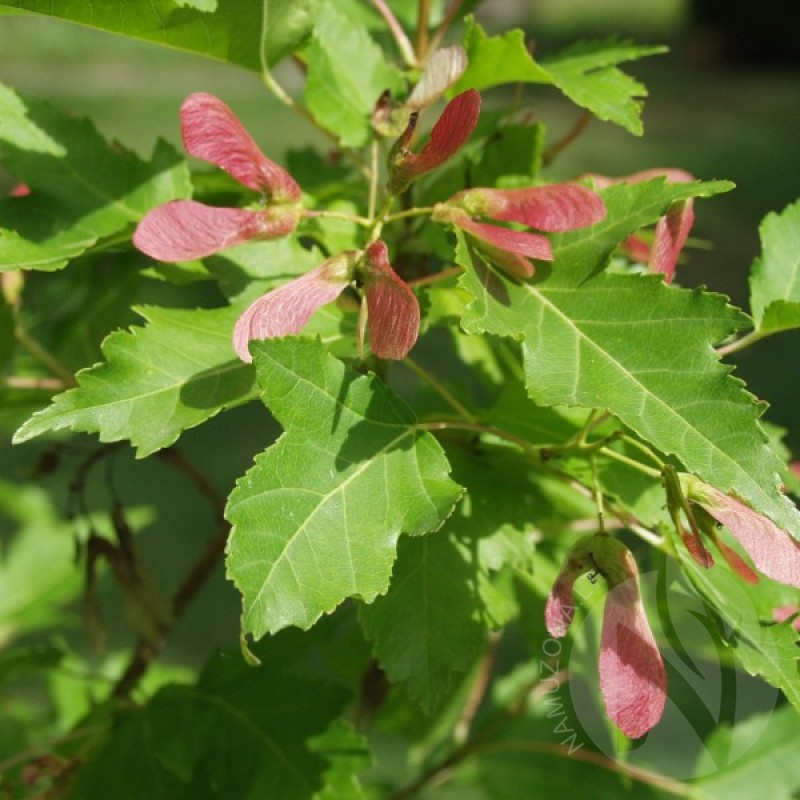
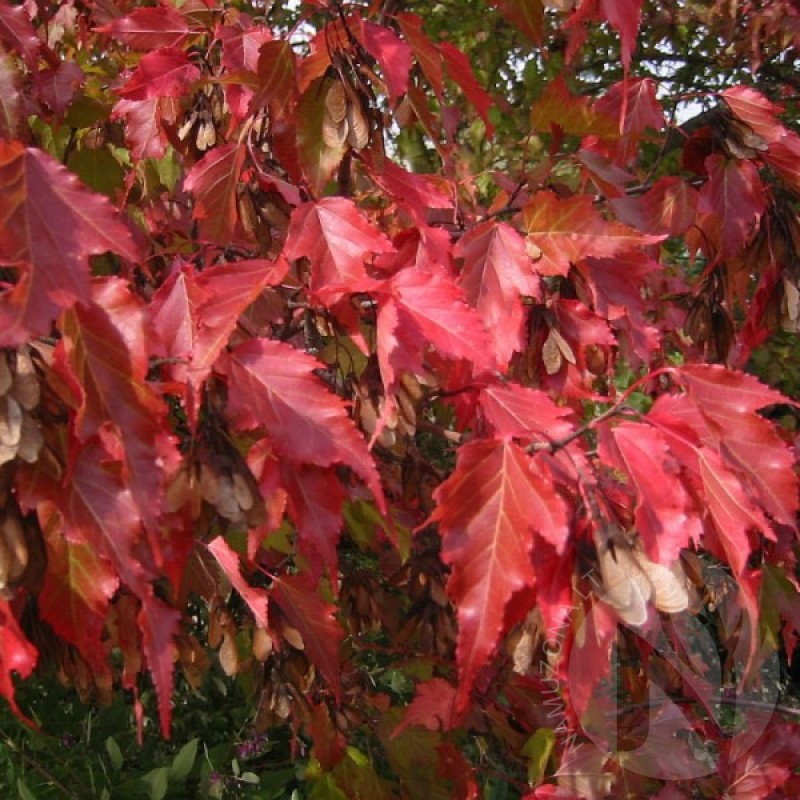
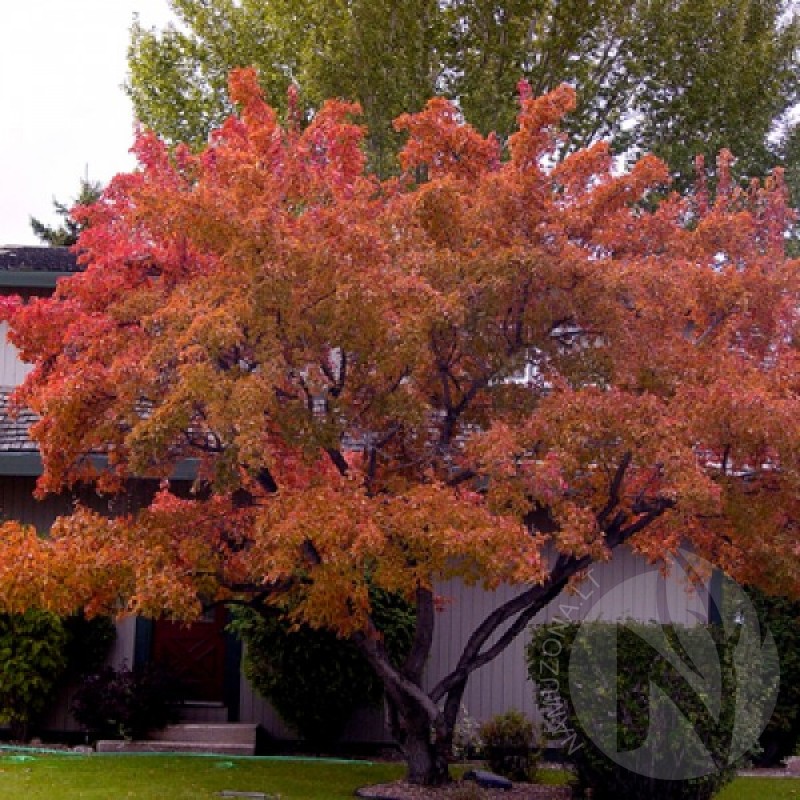
PAY ATTENTION!
All seeds (except SOLD OUT) are available for immediate shipping and will be dispatched within 1-2 business days.
INFORMATION NEEDED? PLEASE CONTACT US NOW!
Sometimes listed as Acer tataricum, Amur maple is a small, low-branched, deciduous tree native to eastern Asia.
The glossy rich green leaves of Amur maple are somewhat slender and often three-lobed. Its best forms have foliage that turns fiery red in fall, though all Amur maple offer brilliant fall color in shades of red, yellow and orange. The fall leaves are accompanied by prolific and showy clusters of winged red fruits. These are preceded by subtly pretty clusters of ivory-green fragrant blooms that appear in spring.
A tough and adaptable tree, Amur maple demands only well-drained soil and at least a half-day's sun. Multi-stemmed specimens can be grown more like shrubs if pruned and maintained to remain bushy. Its small size and toughness also lends it to urban landscapes with space constraints.
Genus - Acer
Species - Ginnala
Common name - Amur Maple
Pre-Treatment - Required
Hardiness zones - 3 - 8
Height - 15'-20' / 4.60 - 6 m
Spread - 10'-15' / 3 - 4.60 m
Plant type - Small Tree
Vegetation type - Deciduous
Exposure - Full Sun, Partial Shade
Growth rate - Medium
Soil PH - Acidic, Neutral, Alkaline
Soil type - Loam, well drained
Water requirements - Average Water
Landscape uses - Feature Plant, Foundation, Hedges, Mixed Border, Screening / Wind Break, Street Trees
Bloom season - Early Spring, Spring
Leaf / Flower color - Green / Light Green, Ivory
GERMINATION INSTRUCTIONS
1. Start the cold stratification process in the end of the beginning of the year.
2. Place the seeds in a glass bowl and cover with room temperature water. Allow the seeds to soak for a minimum of 24 hours.
3. Hold a handful of sterile peat planting medium under a running faucet until the peat is soaked. Squeeze most of the water out of the peat, leaving it moist but not soggy. Place the moist peat into a zip-lock plastic bag.
4. Remove the seeds from the bowl of water and rinse them off under clean running water. Place up to three seeds into the plastic bag containing the peat. Use more peat and plastic bags if you want to germinate more than three seeds.
5. Push the seeds into the peat and seal the plastic bag. Shake the bag to distribute the peat so that it covers the seeds completely. The seeds must be buried in the moist peat in order to germinate.
6. Place the sealed bag in the bottom of the refrigerator. This will serve as the cold stratification. The seeds need to be kept at +4-+7C (34-46F) for 90 days.
7. Open the plastic bag periodically to make sure the peat is still moist. Add water as needed to restore the moisture.
8. Check the weather forecast after 35 days. You can plant the seeds outdoors if all danger of frost has passed. You can wait up to 55 more days, if there is still a possibility of frost and plant the seeds as late as early summer.
9. Plant the seeds by removing them from the peat and rinsing them with clean water. Bury the seeds ensuring that the seeds are covered. Keep the soil moist until the seeds sprout.
Atsiliepimų apie šią prekę kol kas nėra.
No questions about this product.







